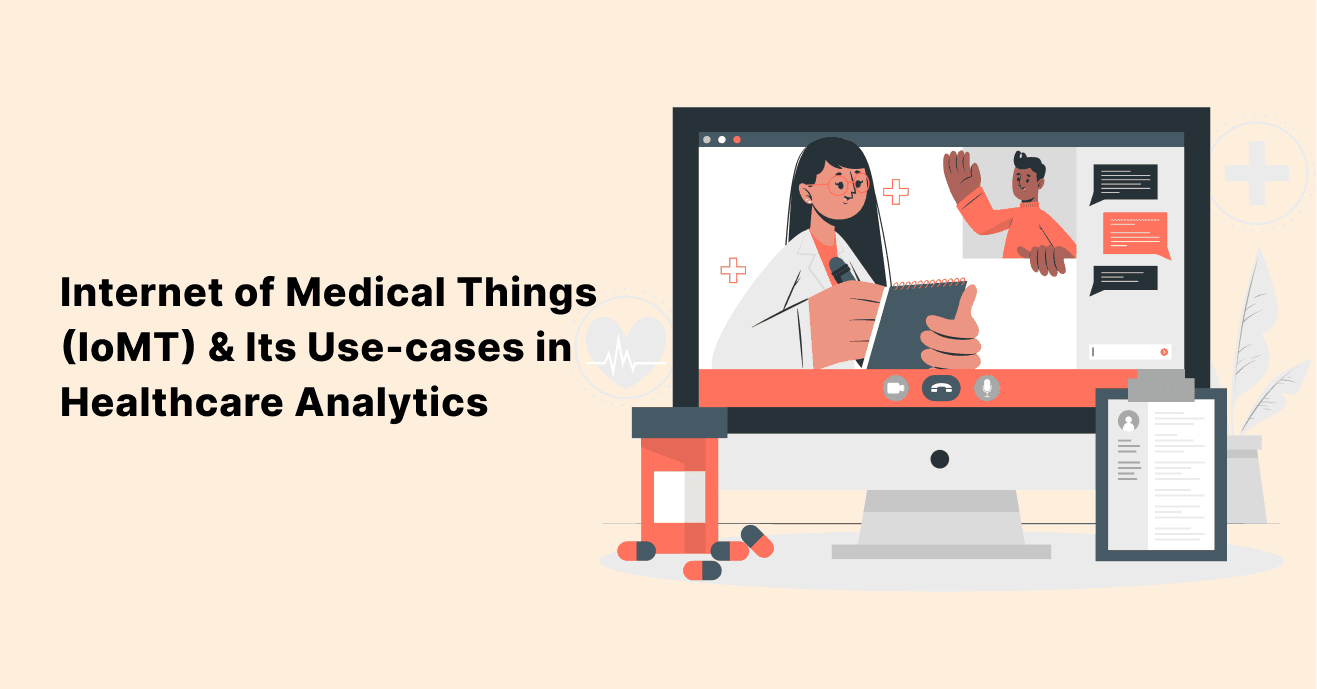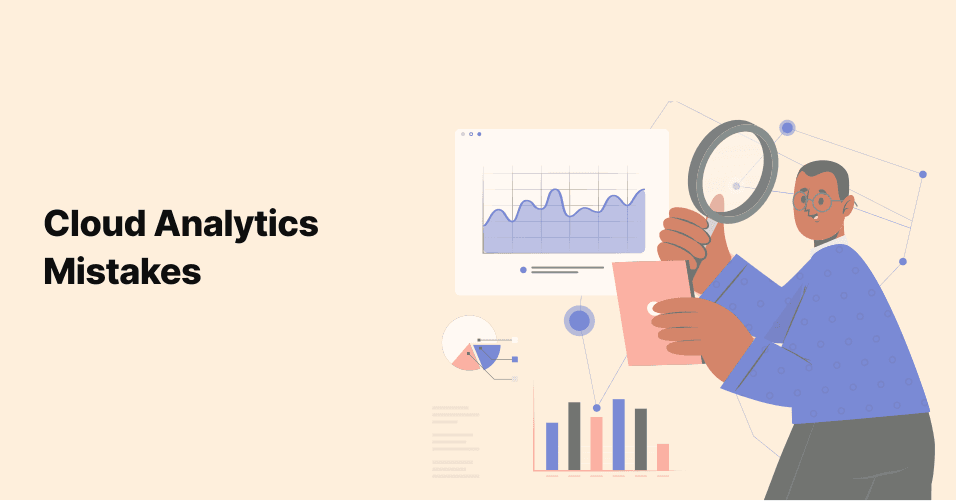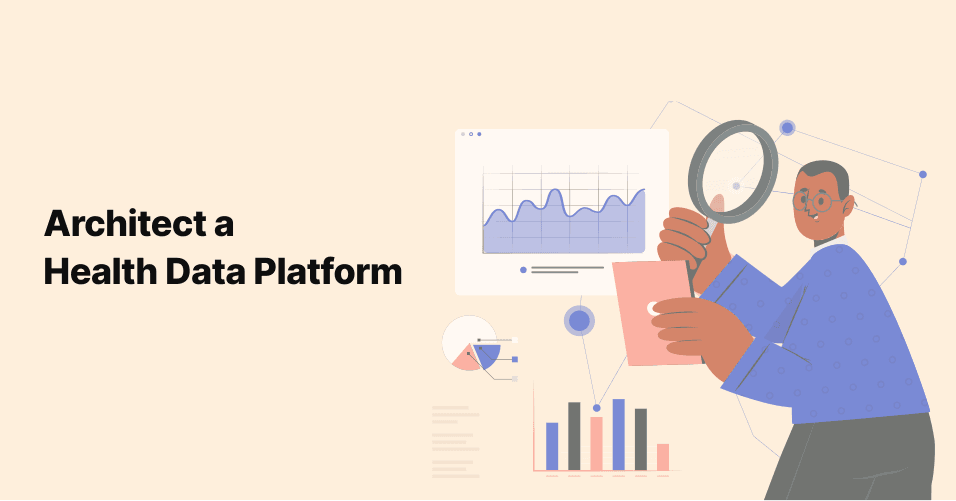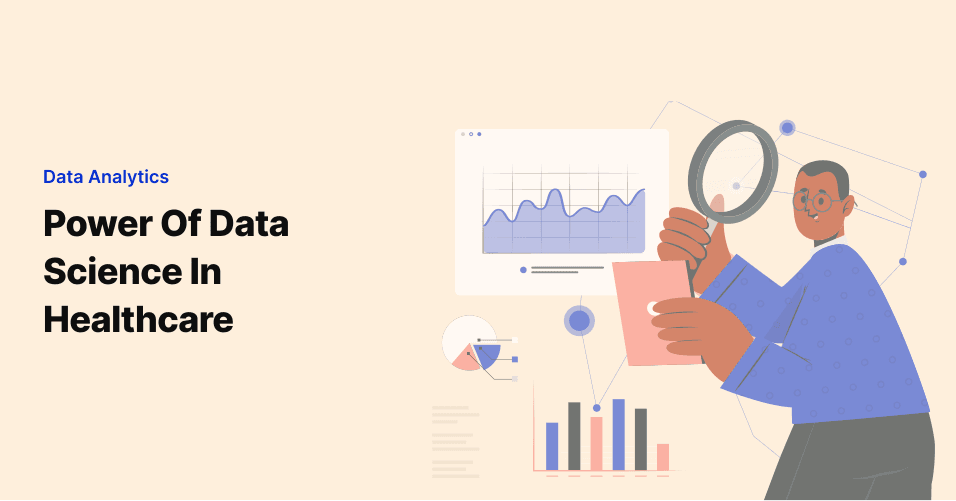
Internet of Medical Things (IoMT) and Its Use-cases in Healthcare Analytics
In today's healthcare landscape, the rise of technological innovations like the Internet of Medical Things …

It is a common mistake for healthcare organizations to think that if they just have more data, they will suddenly have robust cloud analytics that reveals what is to come and make the future foreseeable. Can aggregated data be modeled and queried to foreshadow trends? Absolutely! But imagining that information will in and of itself make action steps and opportunities evident is problematic.
One of the most valuable exercises that hospitals can do when it comes to developing a cloud analytics strategy is to ask, “What don’t we know?” This may seem counterintuitive since the whole point is that it’s unknown. However, starting with what metrics are in use and of value can help shed light on gaps, where issues are rearing their ugly heads, and brainstorming how additional data points could help confirm hunches or reveal more insight for pain points in practice.
The take-home here is that information isn’t an end in itself; it’s a means to an end, so cloud analytics (and the data behind it) should be aggregated strategically based on questions to be answered or even theories to be confirmed (or debunked). Develop a data model that supports curiosity, so the payoff isn’t left to chance.
In other words, don’t put your business on the shoulders of a fortune teller.
Hospital IT Departments are notoriously overwhelmed. Regs are constantly changing, threats are non-stop, and someone is always having an issue somewhere. Even with competent Help Desk support, there is a lot on the plates of CTOs, CIOs, and their entire support staff. Especially when it comes to a specialized practice like implementing cloud architecture to enable cloud analytics for health systems, working with a trusted partner and industry-leading vendors goes a very long way!
Cloud infrastructure development and execution are prime areas to opt for staff augmentation via a healthcare IT partner who can provide the expertise needed without requiring hefty hires or taxing already-stretched resources on staff. Many DevOps professionals work on a contract basis, just given the nature of their tasks, so leveraging this expertise for cloud migration to pave the way for analytics operating outside of transaction systems is foundational.
There is a common theme in best practices, and it seems to always circle back to requirements. Many fantastic tools exist to slice and dice through data and produce beautiful reports and dashboards for various health systems stakeholders. The key is defining the needs to ensure the right solution is identified to meet the needs.
Not only are the requirements on this front important for vendor/solution selection, but they are also going to be important for identifying which data points are needed to create value, which is missing from the current model, and how to support standard and non-standard formats as health and operational information are united in the cloud.
The common theme with these mistakes is building a healthcare cloud analytics framework on disjointed efforts. Instead, health systems can avoid these pitfalls by approaching the work with informed curiosity and scalable choices that will serve business and clinical decisions in the near term and long term. We don’t know what we don’t know, but starting with some definition of what needs to be discovered by whom will cultivate a strong cloud strategy.
Join over 3,200 subscribers and keep up-to-date with the latest innovations & best practices in Healthcare IT.

In today's healthcare landscape, the rise of technological innovations like the Internet of Medical Things …

Analytics that helps understand, explain, and refine business processes is one of the most important use cases …

In an era when data is everything, finding ways to cultivate and drive analytics is a priority in nearly every …